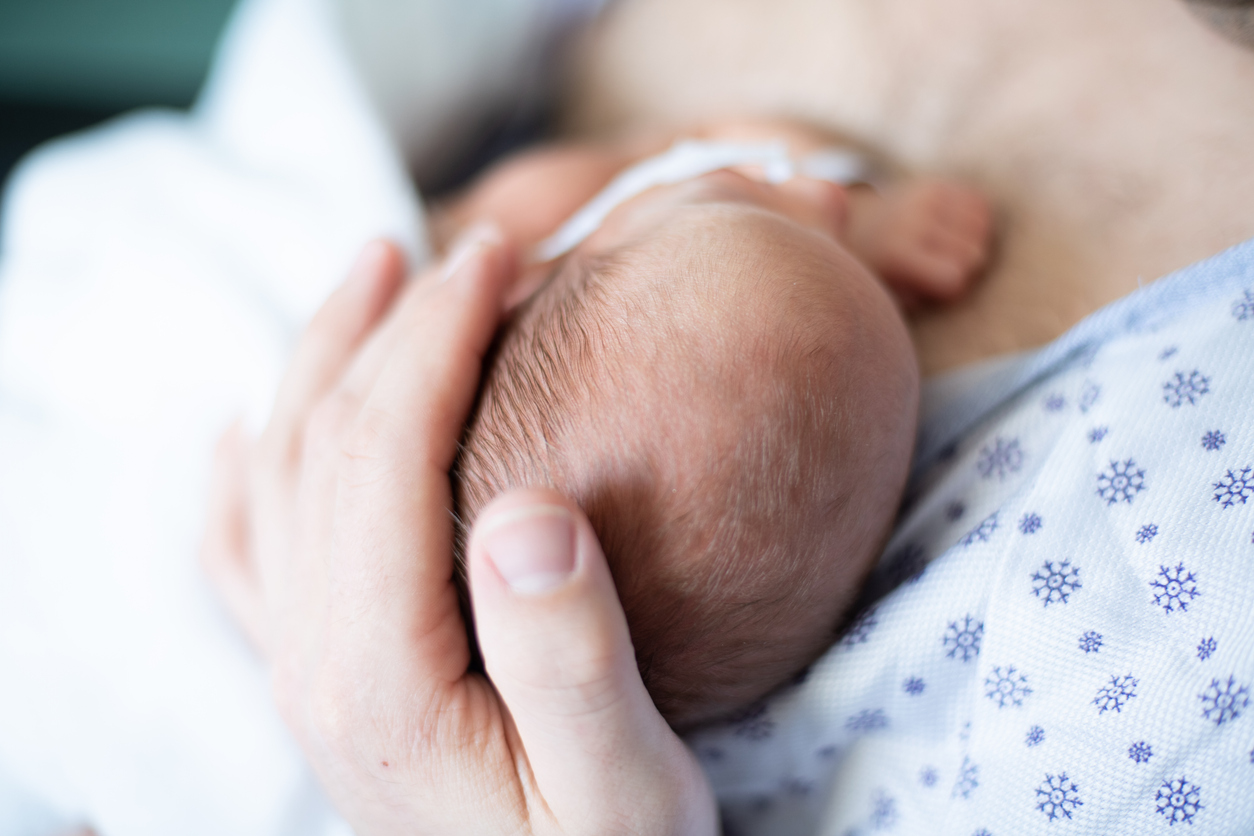The Skinny on Anti-Mullerian Hormone (AMH) Levels and Egg Donor Fertility
Women know that we are born with a predetermined or finite number of potential eggs. When a girl is born she is born with about a million or two eggs, by the time she reaches puberty she’s down to about 400,000. During a woman’s reproductive year those numbers continue to fall and by the time she’s 30 that number has diminished by a whopping 90%! By the time a woman hits menopause we have actually less than 1000 eggs left, and not all of them left are good.
For a lot of women our reproductive ages are older than our chronological age and because of that we are unable to have children from our own eggs or genetics so we turn to egg donors to help create or add to our families.
Typically egg donors are tested medically with a blood test administered on days one, two, or three of the menstrual cycle called FSH (Follicle Stimulating Hormone). This measures the egg reserve in an egg donors ovaries, along with an ultrasound which will look at something called an Antral Follicle Count (or resting follicle count) which will tell the doctor how many potential eggs an egg donor might produce on her next cycle. Because these tests are accurate on days one, two, and three of an egg donors menstrual cycle, timing is crucial.
However, there’s a newer method that’s been developed called AMH (Anti-Mullerian Hormone) blood test. This test measure the amount of AMH in an egg donor’s blood stream. Anti-Mullerian hormone is a substance produced by granulosa cells in ovarian follicles which are specific cells which surround each and every egg on a woman’s ovary. The more eggs, the more granulosa cells, and the more cells the more AMH – make sense?
The cool part about this test is that the production decreases and then stops as our follicles grow. So for instance, in follicles over 8mm there is almost no AMH that’s made. Because of that the levels are always constant and the AMH test can be performed any day of the egg donor’s cycle.
That means the intended parent doesn’t need to wait for the donor’s period to start.
Many refer to the AMH as the “egg timer test” because when you combine the AMH and FSH together with an antral follicle count (AFC), this can provide the fertility clinic with a good measurement of an egg donor’s ovarian reserve. In other words – they can get a picture of how they think a donor will respond to the stimulation drugs for an egg donor cycle.
There has to be a catch or a down side right?
Well yes, and no. It’s super important to remember that while this test can tell a donor how many eggs she may have left we still don’t have a full proof way of knowing the quality of those eggs. We can’t know that until after fertilization when we examine embryos. But, but but – having more eggs at the IVF egg retrieval gives your clinic more to work with – so they are more likely to have at least a few high quality embryos available for transfer back to the intended mother’s uterus.
What is a normal AMH level?
There are a few issues involved with interpretation and determination of AMH hormone levels. Because the test has not been used routinely and consistently for past 50 years, levels that would be deemed “normal” not every reproductive professional agrees with.
We made a little table below to show AMH interpretation guidelines:
Don’t spend too much time obsessing about the results below. Let your Reproductive Endocrinologist do the obsessing.
Interpretation / AMH Blood Level
—————- ——————-
High (common with PCOS) / Over 3.0 ng/ml
Normal classic textbook. / Over 1.0 ng/ml
Low Normal-ish Range / 0.7 – 0.9 ng/ml
*(maybe depending upon your egg donor’s FSH and AFC count)
Low / 0.3 – 0.6 ng/ml
*(pass on this egg donor)
Very Low / Less than 0.3 ng/ml
*(pass on this egg donor)
In an ever-changing world of technology we will learn more and more about AMH levels as we see more and more cycles occur.
Read more HERE.


